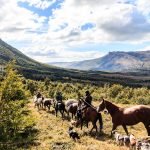
What is Tracy Arm?
Located 45 miles south of Alaska’s capital city, Juneau, Tracy Arm is a 30+ mile long fjord (a long, narrow, deep inlet usually formed by glaciers) holding two tidewater glaciers, North and South Sawyer Glaciers. Tracy Arm is one of two major fjords in the Tracy Arm-Fords Terror Wilderness area. We researched the other fjord, Endicott Arm, but chose Tracy Arm because of the flexibility with boat pickup service and our time constraints.
How to get there
Depending on your itinerary and budget, there are a couple of ways to get a boat drop-off and pickup in Tracy Arm.
LOTR recommendation: Adventurebound Alaska
This is a tour company that does day tours of Tracy Arm. The boat leaves from downtown Juneau early in the morning, somewhere around 7:30am, and returns around 6.
Drop-off (beginning of trip):
Deep water entry: Getting dropped off in front of North Sawyer Glacier.
The captain and crew will help you load and lash your boats onto the stern. The trip is about two hours down to the fjord. Have your kayaks fully loaded and ready to go in the water before you load the boats and whatever you’re going to wear (drysuits recommended) ready to change into. It’s a deep water entry, meaning they drop you in the water right next to the boat – no going on land first.
Depending on the conditions – how actively the glaciers are calving, how much ice is in the water in certain areas – you may get dropped in one of a few places that are safe for the captain to leave the wheelhouse. You need to be flexible with your itinerary and adapt to conditions accordingly. We were dropped right in front of the North Sawyer Glacier, as the South Sawyer Glacier had too much ice in front of it for the Adventurebound to access at the time.
Pickup (end of trip):
Arrange your pickup date and location ahead of time when you make your reservation. You can arrange to be picked up just about anywhere. To maximize time for the Adventurebound, they will always do pickups on their way back out of Tracy Arm. Hail the captain on your marine radio when you see them pass you on their way into the fjord to confirm estimated time and location. We were picked up on the northwest corner of Harbor Island in Holkham Bay, the entrance to Tracy Arm, around 2pm.
Cost: $190 per person. Check on the total capacity of kayaks that one boat can take to make sure you can accommodate your whole party.
Water taxi
A few different companies can give you a personalized water taxi down and back. This comes at a premium cost, since you have to pay the taxi’s gas and time round-trip for both drop-off and pickup. Moore Charters is a charter fishing company that also offers reliable and safe water taxi service from Juneau.
Cost: About $2000 total
Where to camp
One of the main challenges paddling in Tracy Arm is the lack of options for landing your kayak, either to rest or to camp. The cliffs of the fjord plunge directly into the water down to depths of 600 feet or more. Here’s where we camped, along with a couple other “potential campsites” that we chose not to use, but seemed possible for camping.
Glacier In Your Grill Camp
Oasis Camp
Sawyer Island Camp
Shangri La Camp
Potential Campsite 1
Potential Campsite 2
Potential Campsite 3
Fangorn Forest Camp
Harbor Island Adventurebound Pickup Point (approx)
Glacier in Your Grill
This is a relatively new campsite made available by the receding North Sawyer Glacier. It is about a mile away from the front of the glacier (as of June 2016) in a slightly protected “inlet” on the left side when looking at the front of the North Sawyer Glacier. There are not many easy takeouts in Tracy Arm, but hitting it on the high tide makes it considerably easier to haul your boats. There are one or two flat spots for tents after clearing some small rocks away. There is a creek right next to the campsite.
Our tent spot almost overlooking the North Sawyer Glacier at “Glacier in Your Grill” camp
Shangri La Campsite
Also on the left side of the North Sawyer Glacier inlet, this campsite is about half a mile past “Glacier in Your Grill” away from the glacier. It’s marked by a large creek flowing around a large boulder on either side. We didn’t stay here, but it was recommended as a campsite available at all tides.
Oasis Campsite
No one told us about this campsite, but it was one of my favorites. A waterfall flows off a cliff down to a rocky, silty beach with a gentle slope into the water. We played on icebergs beached at low tide and made a shelter in the boulders when it started to rain. There are few spots to stick a tent amongst the rocks, but at least two tents can fit in the grass, and probably one or two more if you’re creative.
Putting kayaks in at “Oasis” camp. Waterfall in the background
Watching the icebergs pass us by at Oasis camp
Rain shelter/ man-cave at Oasis camp
Sawyer Island
Situated on the southern side of the intersection between the North and South Sawyer glacial inlets, Sawyer Island is one of the most amazing campsites I’ve ever had. 360 degree views of the fjord, surrounded by icebergs, seals, porpoise, and guests to bald eagles that nest on the island, you really can’t go wrong. The only good spot to take out is on the easternmost tip of the island (pointing towards the South Sawyer glacier). There is no water source on the island, so make sure to fill up before you camp for the night.
Sawyer Island campsite looking out towards South Sawyer Island
Fangorn Forest Campsite
If you’re wondering, I made that name up. The last place we camped before paddling to our take out spot in Holkham Bay, it’s a picturesque 30-yard wide, south-facing beach cut into the rock with a small creek bubbling out of the woods. Haul your kayaks all the way up to tree line and tie them up to some trees, then camp in the woods. Be careful not to put your tent in the middle of a game trail. We found no sign of bears when we were there, but the game trails are well established. Bears walk the same trails for generations, and if you put a tent right in the middle of one, they might just walk right over it.
SItting at Fangorn Forest Camp on the last night of the trip
Potential Campsites
There are 3 other places between Sawyer Island and Fangorn Forest Camp where you could potentially camp. See the map.
Camp by South Sawyer Glacier
There are places to camp closer to the South Sawyer glacier. During my trip, the ice was so thick we were not able to get within direct sight of the South Sawyer glacier and did not camp farther east than Sawyer Island. As a result, I can’t give personal recommendations on camping closer to that glacier.
Potential campsite 2, where we stopped for lunch
Creek outflow by potential campsite 2
When to go (time of year)
Depending on conditions, the Adventurebound runs from mid-May through the beginning of September. June and July have the longest and warmest days on average. Summer arrives late and leaves early close to the glaciers. Temperatures generally start to decrease throughout August and weather patterns bring more rain and wind later in August and into September. We went the last week of July.
What to pack
If you’re planning an independent trip into backcountry Alaska, I’m assuming you’ve got the basics for camping gear down. If you’re looking for checklists to jog your memory, REI has a number of checklists and resources for planning what to pack.
- Extra paracord for tying off your tent to rocks. There isn’t much dirt to stake into
- Camp chair (rocks are no fun to sit on)
- Eye mask. Cuz there’s a lot of light in the summertime in Alaska.
- Gravity water filter. I recommend a gravity filter for ease of use and portability. I use a Platypus Gravityworks 4.0L system. You can filter 4 liters at the water source, then fill 4 more liters to filter later.
- Dry Suit
- Spray skirt
- PFD
- Air horn
- Whistle
- Bilge Hand Pump
- Sponge
- Paddle float (one per person)
- Extra paddle
- Marine radio (extra batteries)
- SPOT (GPS signal device with emergency beacon and trip tracking)
- 20-30 ft rope (bowline)
- First aid kit
- Bear spray
- Bear cans (hanging food isn’t possible at most camp sites in Tracy Arm the closer you get to the glacier)
Experience
This is not a trip for your maiden voyage as a kayaker. Practice and confidence with wet exit and reentry is an absolute must. Wet exit means you fall out of the kayak into the water and have to get yourself back in without swimming to land. The water temperature in Tracy Arm is usually below 40 degrees fahrenheit. Cold water shock and hypothermia are two of the biggest risks you’ll face as a kayaker just about anywhere in Alaska, so knowledge of how to keep yourself dry and warm is a big priority.
The American Canoe Association offers courses for coastal kayaking around the country, as well as instruction for a number of other paddle sports. There are tons of resources on youtube as well for proper paddling technique, safety procedures, and more. REI also organizes paddling courses. Check here to see if there’s anything in your area.
Go with a guide
If doing it yourself isn’t your idea of a vacation (totally understand, there are a lot of logistics involved in doing it yourself), go with pros. Above and Beyond Alaska is a locally-owned tour company out of Juneau that does fully guided kayak trips to Tracy Arm.
Itineraries
There’s so much to experience and absorb in Tracy Arm, I would recommend going for at least 4 days/3 nights. We spent 6 days, and that was a perfect amount of time for just Tracy Arm. If you want to spend even more time, consider Endicott Arm as well!
4 Days
Day 1: Adventurebound drop-off in Tracy Arm, drop-off location will depend on the conditions at the time, but let’s assume you’re dropped off in front of South Sawyer Glacier. Spend the day watching the glacier calve and harbor seals. Camp at a site closer to South Sawyer glacier, or backup location at Sawyer Island.
Day 2: Paddle to North Sawyer Glacier, camp at “Glacier in Your Grill”
Day 3: Do a morning hike behind “Glacier in Your Grill” up and around to a viewpoint overlooking the North Sawyer Glacier. Pack up camp and paddle to Sawyer Island or one of the 3 potential campsites noted on the map. Be more aware of bears at these campsites, as the habitat becomes more wooded and bear-friendly.
Day 4: Paddle out towards the Fangorn campsite and arrange your pickup via marine radio with Adventurebound when they pass you on the way into Tracy Arm. Return to Juneau, grab a celebratory beer and fish tacos at the Flight Deck right next to the dock, and take a shower!
6 Days
Day 1: Drop-off in front of North Sawyer glacier. Scope out the “Glacier in Your Grill” campsite before returning to the front of the glacier to watch it calve.
Day 2: Morning hike up behind the campsite to overlook the North Sawyer Glacier and watch it calve. Watch the day tour boats come and go, then return to pack up camp and head to Sawyer Island.
Day 3: Paddle to South Sawyer Glacier, which is generally much more active than the North Sawyer Glacier. Return to Sawyer Island. Stop for water on the way back.
Day 4: Rest Day! Chill out on Sawyer Island, watch Bald Eagles, Harbor Seals, Porpoise and icebergs move around the island while you journal or finish that book that you brought too read but haven’t cracked open yet (because the scenery has been too awesome). Paddle over to “Oasis” camp for a change of scenery and play on the icebergs (I’d recommend with your drysuit, but if you’re hearty you can go in your bathing or birthday suit).
Day 5: Long paddle to “Fangorn” camp. Time your departure to start at the top of the high tide and ride the tide, winds, and glacial outflow out of Tracy Arm. You’ll be surprised how much distance you can cover in a day of paddling if all of these are in your favor. Stop at some of the other potential campsites along the way to explore the creeks, and don’t forget to look for seabirds nesting in the cliffs!
Day 6: Paddle from Fangorn camp out to the Harbor Island pickup point. Make sure to make contact with the Adventurebound on your marine radio when they pass you on the way in.
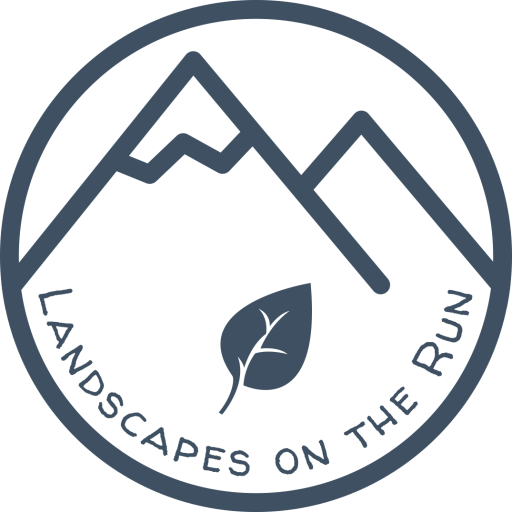

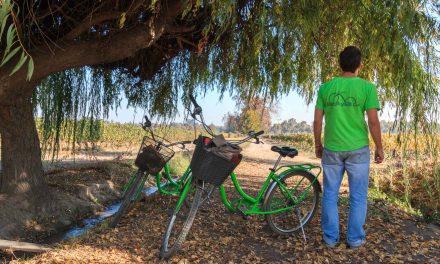
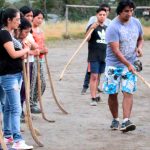

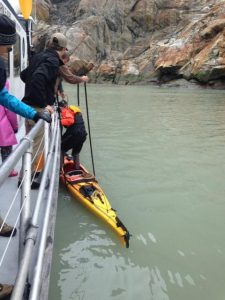


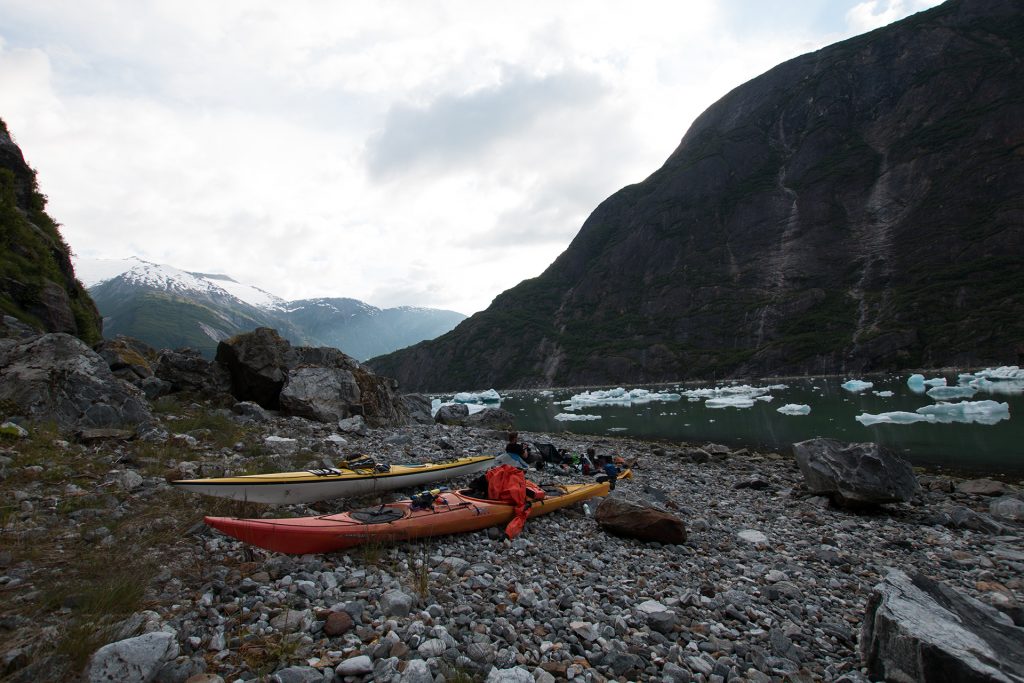
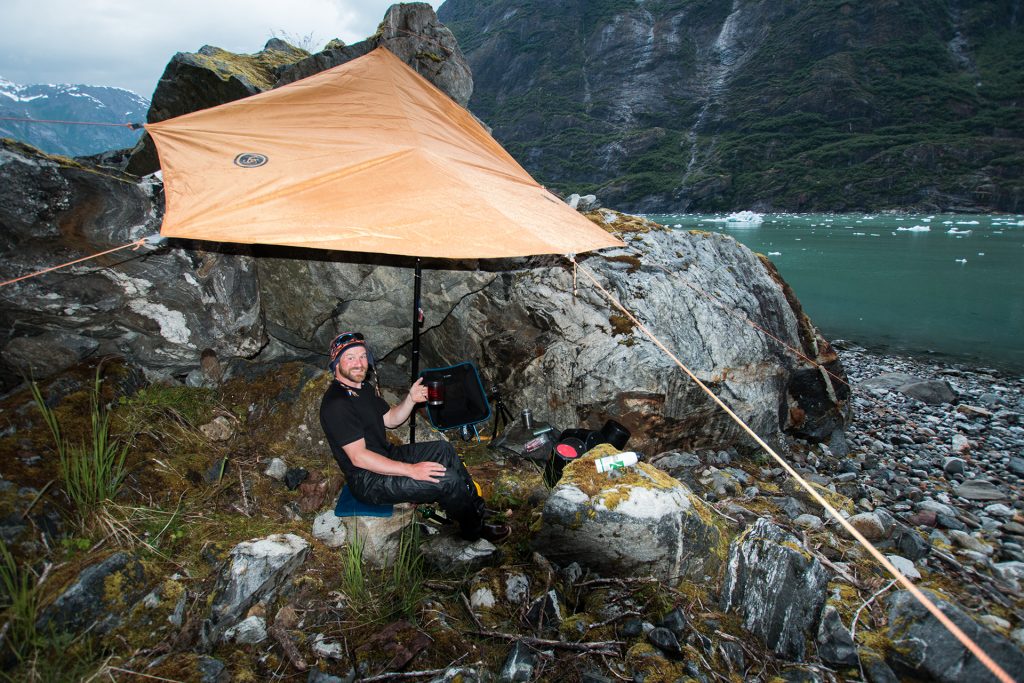
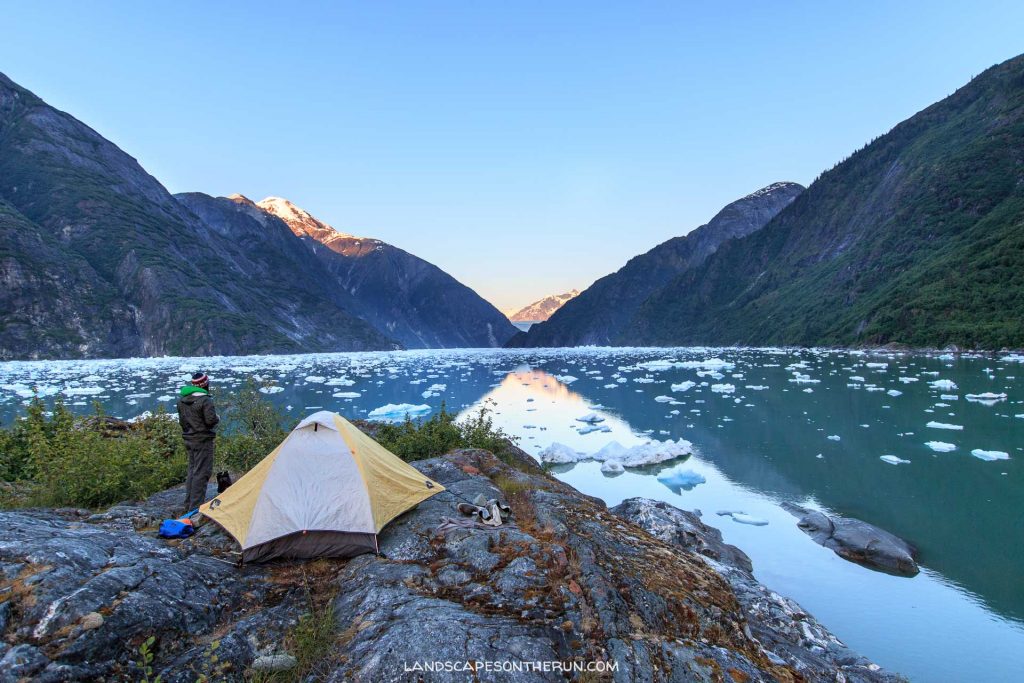
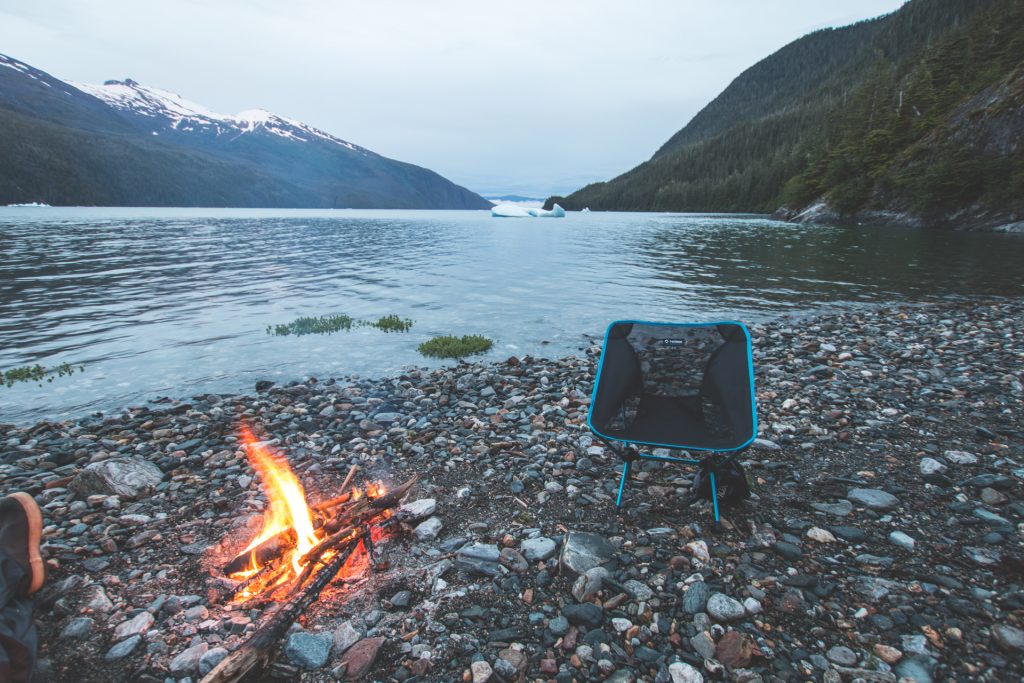
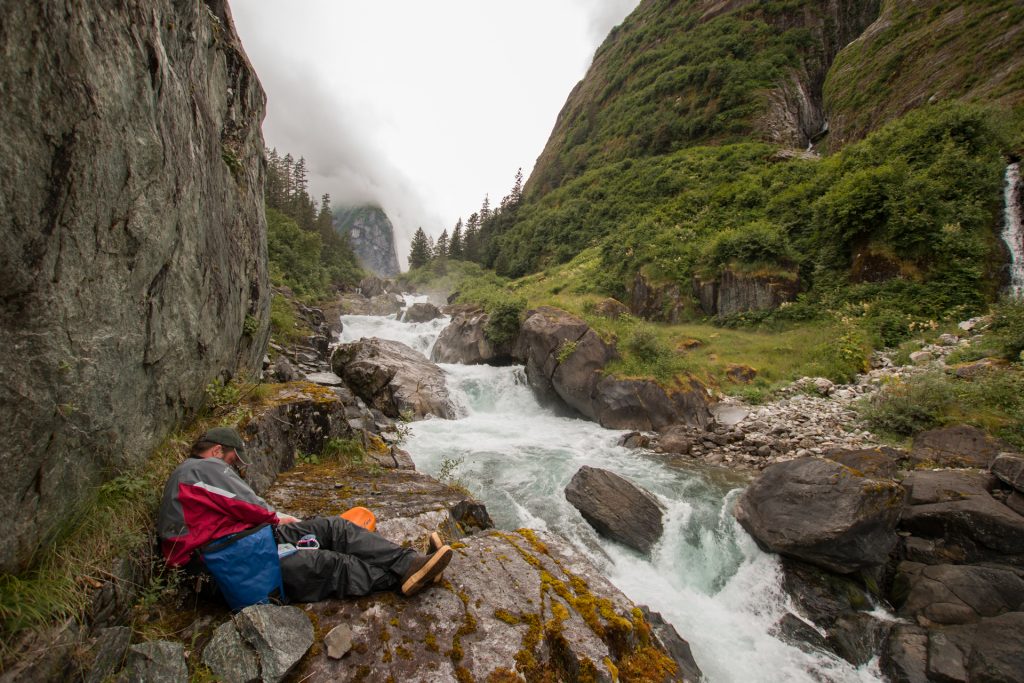
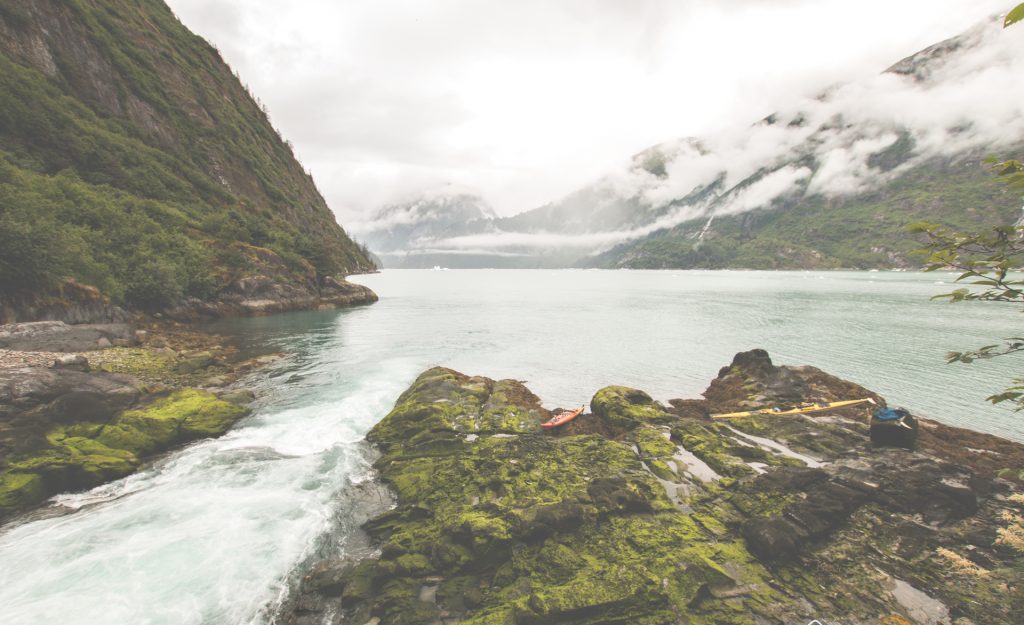
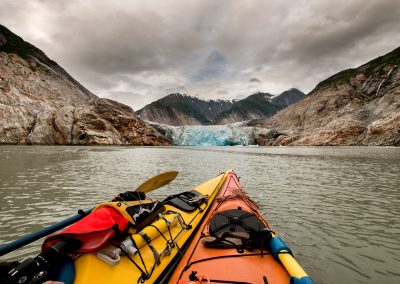
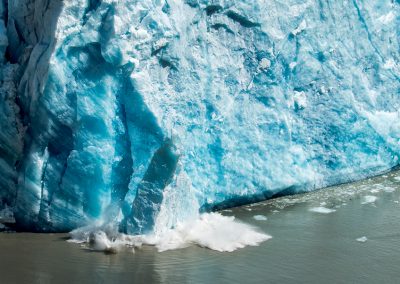
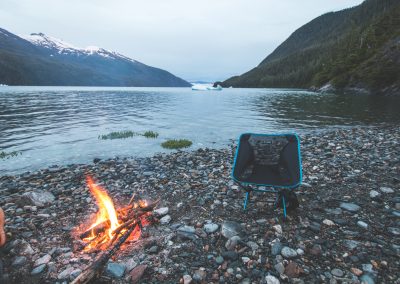
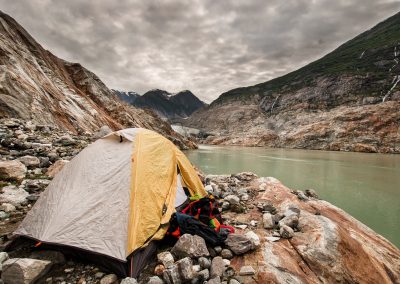
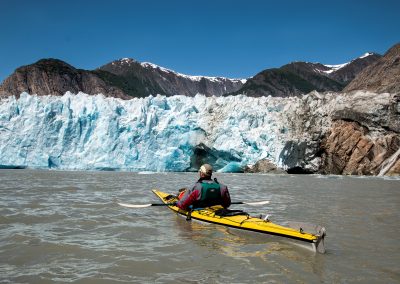
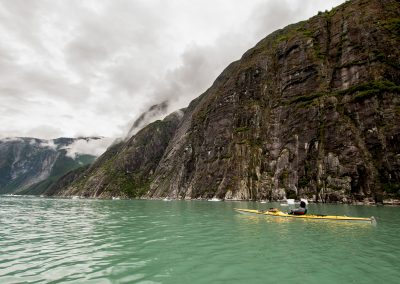
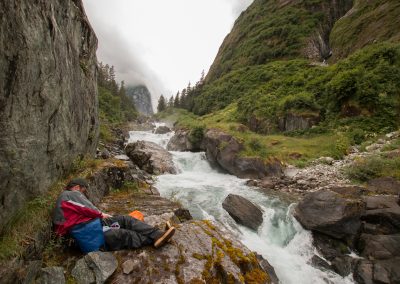

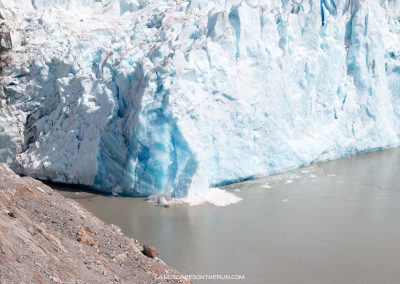
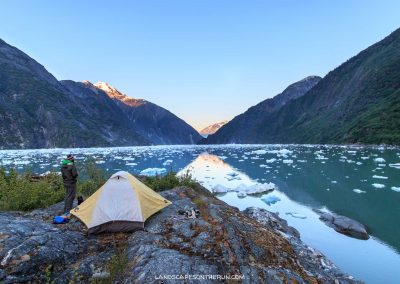

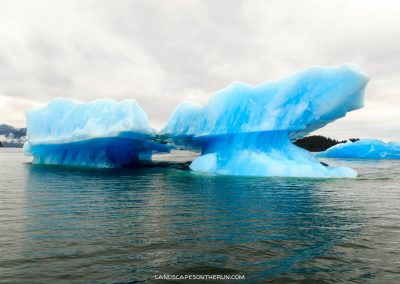
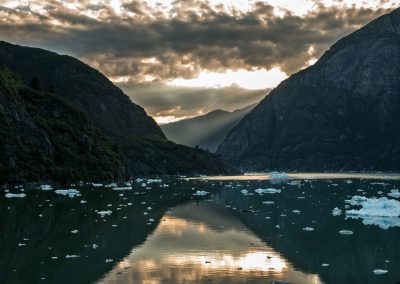
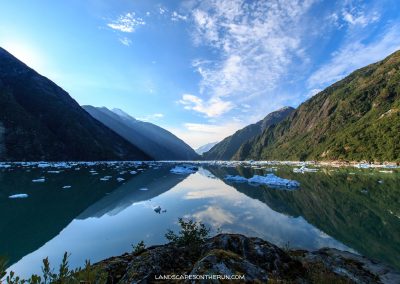
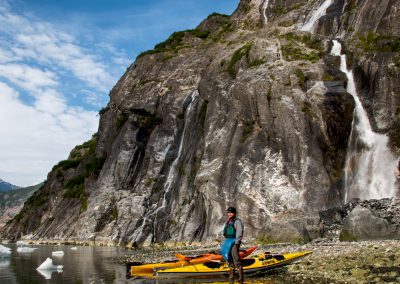
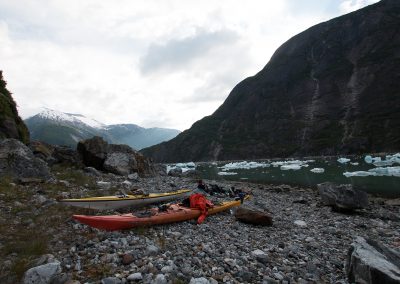
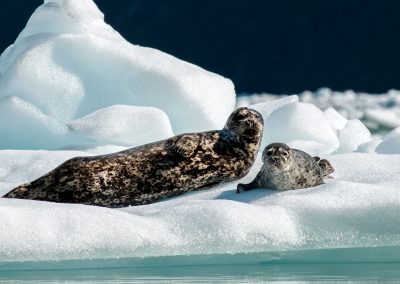
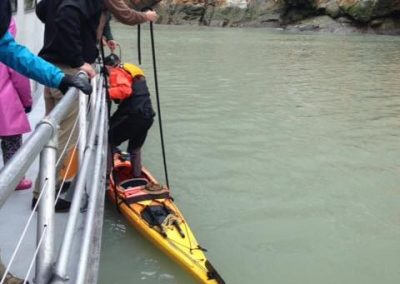

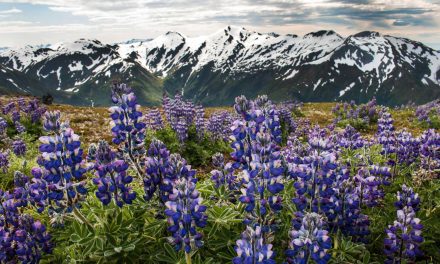
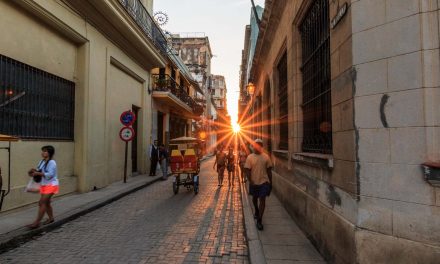
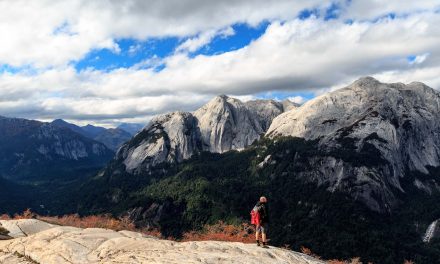
It looks like you had one plastic and one fiberglass kayak, was bringing a fiberglass kayak not a problem or would you recommend bringing only plastic kayaks into Tracy Arm?
Eric, Great question! With care, a fiberglass kayak is a great option. They’re usually quicker in the water and much easier to haul out. Take care near icebergs and rocks when hauling out your kayak. Some gentle bumps against bergs are ok, just don’t get too crazy. The plastic kayak was definitely more durable, but it was a beast to haul up 15-20 vertical feet, even empty.
Thank you for this post. It’s extremely helpful! I’m from Poland and I’m planning my Alaska trip in August. I was wondering about taking my folding kayak. I have Oru Kayak – The Coast model. I have tried it paddling along fjords of Norway and there it was superb. I have all the necessary gear – dry suit, spray skirt, PFG etc. What do you think about folding kayak in Tracy Arm? I have also question about deep water entry – I have never tried entering kayak from water taxi, so could you let me know how does it look like? Thanks.
Hi Gosia,
I have heard of guiding companies in Southeast AK like Spirit Walkers using foldable kayaks when flying in on floatplanes, so totally doable, just be aware of abrasions from icebergs – they’re tough and can be sharp!
Deep water entry is interesting. There’s a picture in the article I wrote, you can see it here of what it looks like to do an entry next to the boat. They hold it steady with lines around the hull at the bow and stern, so it’s pretty stable, you just have to be quick to get your butt down into the seat.
Have a great time! would love to see pictures of your experience when you return!